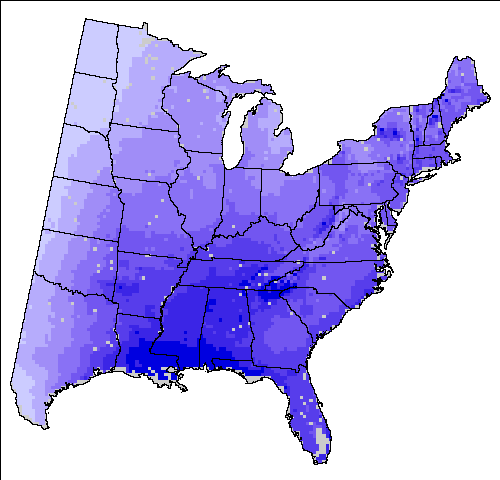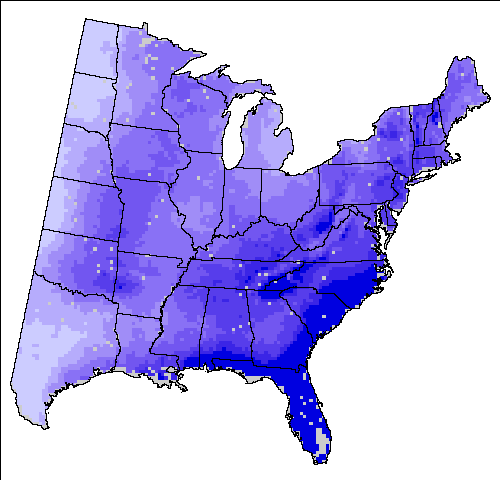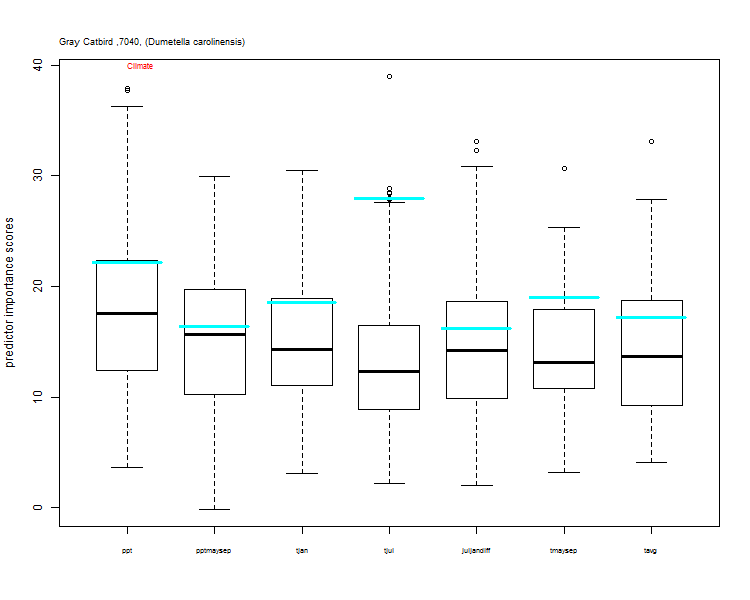Gray Catbird (Dumetella carolinensis)Reliability of Model: High 
Climate Change Scenario Maps  Help »
Help »

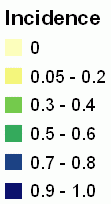
Potential Changes in Abundance and Range (Future) |
|||||||||
|---|---|---|---|---|---|---|---|---|---|
| GCM SCENARIO | % Area Occ | Ave IV | Sum IV | Future/Current IV | |||||
| Current Modelled | 89.4 | 0.678 | 5920.3 | ||||||
| Current Breeding Bird Survey | 10.9 | 0.821 | 872.5 | ||||||
| HadleyCM3 – A1FI (High, "Harsh") Climate Scenario | 88.7 | 0.393 | 3405.2 | 0.575 | |||||
| PCM – B1 (Low, "Mild") Climate Scenario | 88.5 | 0.589 | 5089.8 | 0.86 | |||||
| Avg. of 3 GCMs – A1FI (High) Climate Scenario | 88.4 | 0.42 | 3625.2 | 0.612 | |||||
| Avg. of 3 GCMs – B1 (Low) Climate Scenario | 87.9 | 0.516 | 4427.2 | 0.748 | |||||
Notice:
This is an version 2 of the Climate Change Bird Atlas. You can view the previous Gray Catbird page or browse the previous Bird Atlas. Version 2 of the Bird Atlas is based on Version 3 of the Climate Change Tree Atlas.

Species Information
- Family:
- Mimidae
- Breeding Status:
- neotropical
- Primary Breeding Diet:
- insects
- Habitat:
- shrubland


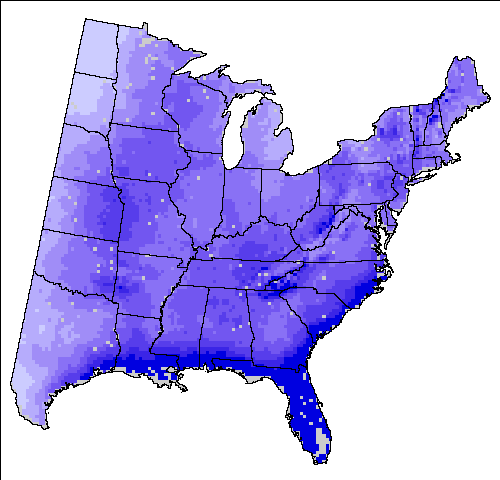

 Click and drag the orange handle over the maps to compare.
Click and drag the orange handle over the maps to compare.
